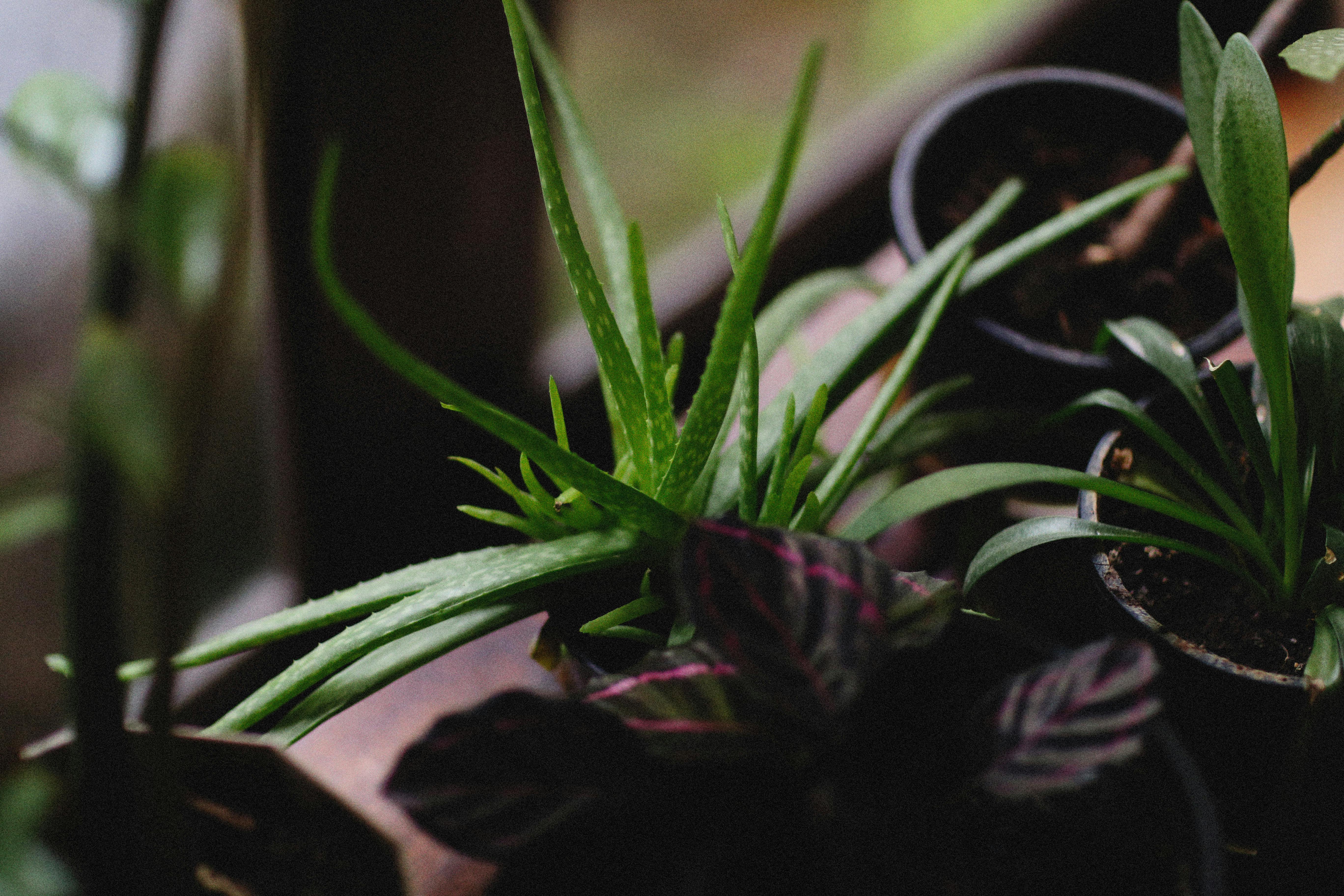Easy to Care for Houseplants: Improve Air Quality and Enhance Home Aesthetics

Houseplants are a fantastic way to bring a touch of nature indoors. They not only enhance the aesthetic appeal of your home but also improve air quality and create a calming environment. However, not everyone has the time or expertise to care for high-maintenance plants. This guide will introduce you to some of the best easy to care for houseplants that are perfect for beginners and busy individuals.
Snake Plant (Sansevieria trifasciata)
The Snake Plant, also known as Mother-in-Law's Tongue, is one of the most resilient houseplants you can find. Its striking, upright leaves with green and yellow variegation make it a popular choice.
- Light: Tolerates low light but thrives in bright, indirect light.
- Water: Water sparingly, allowing the soil to dry out completely between waterings.
- Benefits: Removes toxins like formaldehyde and benzene from the air.
Pothos (Epipremnum aureum)
Pothos, also known as Devil's Ivy, is an incredibly versatile and easy-to-grow houseplant. Its heart-shaped leaves can be found in various shades of green, with some varieties featuring yellow or white variegation.
- Light: Thrives in low to bright indirect light.
- Water: Allow the soil to dry out between waterings.
- Benefits: Effective at removing indoor pollutants like formaldehyde, xylene, and toluene.
ZZ Plant (Zamioculcas zamiifolia)
The ZZ Plant is known for its glossy, dark green leaves and its ability to thrive in low light conditions. This plant is nearly indestructible, making it an excellent choice for those new to houseplants.
- Light: Tolerates low light but prefers bright, indirect light.
- Water: Water when the top inch of soil is dry. Can tolerate drought conditions.
- Benefits: Helps improve indoor air quality by removing toxins.
Spider Plant (Chlorophytum comosum)
The Spider Plant is a popular houseplant known for its arching leaves and small, white flowers. It's especially favored for its air-purifying qualities.
- Light: Thrives in bright, indirect light but can tolerate low light conditions.
- Water: Keep the soil evenly moist, allowing the top inch to dry out between waterings.
- Benefits: Excellent at removing indoor pollutants, including formaldehyde and xylene.
Peace Lily (Spathiphyllum)
The Peace Lily is a beautiful houseplant with glossy, dark green leaves and stunning white flowers. It's relatively easy to care for and is known for its ability to improve indoor air quality.
- Light: Prefers low to medium, indirect light.
- Water: Keep the soil consistently moist but not soggy.
- Benefits: Removes mold spores from the air, making it a great choice for bathrooms.
Aloe Vera
Aloe Vera is a succulent plant known for its medicinal properties and minimal care requirements. Its thick, fleshy leaves store water, making it drought-tolerant.
- Light: Prefers bright, indirect light.
- Water: Water deeply but infrequently, allowing the soil to dry out between waterings.
- Benefits: The gel inside the leaves can be used to treat minor burns and skin irritations.
Rubber Plant (Ficus elastica)
The Rubber Plant is an attractive houseplant known for its large, glossy leaves. It's relatively low maintenance and can grow quite tall under the right conditions.
- Light: Prefers bright, indirect light but can tolerate low light conditions.
- Water: Keep the soil evenly moist, allowing the top inch to dry out between waterings.
- Benefits: Helps improve indoor air quality by removing toxins.
Jade Plant (Crassula ovata)
The Jade Plant is a popular succulent known for its thick, fleshy leaves and tree-like appearance. It's incredibly easy to care for and can live for many years with minimal attention.
- Light: Prefers bright, indirect light.
- Water: Water sparingly, allowing the soil to dry out completely between waterings.
- Benefits: Symbolizes good luck and prosperity in many cultures.
Cast Iron Plant (Aspidistra elatior)
The Cast Iron Plant is named for its ability to withstand neglect and challenging conditions. It's an excellent choice for low-light areas and requires minimal care.
- Light: Tolerates low light but prefers indirect light.
- Water: Water when the top inch of soil is dry.
- Benefits: Very hardy and can tolerate a range of conditions.
Philodendron
Philodendrons are popular houseplants known for their heart-shaped leaves and easy care requirements. They come in various varieties, including climbing and non-climbing types.
- Light: Thrives in low to bright, indirect light.
- Water: Allow the soil to dry out between waterings.
- Benefits: Effective at removing indoor pollutants like formaldehyde.
Conclusion
Choosing easy to care for houseplants can make indoor gardening a stress-free and enjoyable experience. These low maintenance plants are perfect for beginners, busy individuals, or anyone looking to add a touch of greenery to their home without the hassle. With the right care, these plants will thrive and bring beauty and freshness to your living space.
FAQs
What is the easiest houseplant to take care of?
The Snake Plant is considered one of the easiest houseplants to care for due to its tolerance for low light and infrequent watering.
How often should I water my houseplants?
The frequency of watering depends on the type of plant and its environment. Generally, it's best to allow the soil to dry out between waterings to prevent overwatering.
Can houseplants improve indoor air quality?
Yes, many houseplants, such as the Peace Lily, Spider Plant, and Snake Plant, are known for their ability to remove toxins and improve indoor air quality.